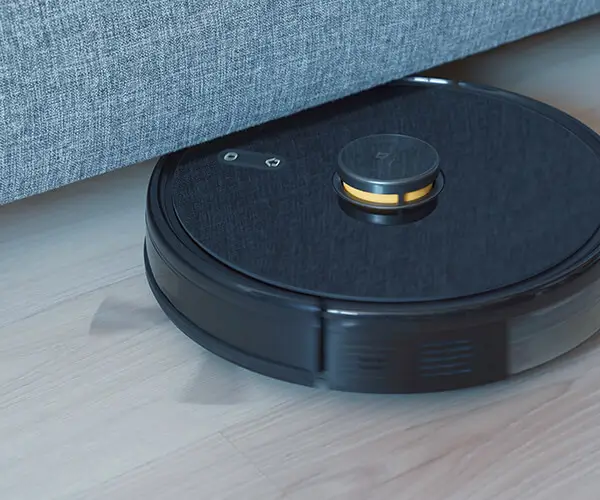In the ever-evolving landscape of automation and robotics, few components have revolutionized motion control as profoundly as the servo motor. Whether in robotics assembling intricate devices or in remote-controlled vehicles zipping through terrains, servo motors underpin the movement and precision that define modern mechanical systems. But what makes these tiny yet mighty devices so vital? To grasp the essence of their importance, it helps to understand the core of their function and the principles that make them tick.

At its fundamental level, a servo motor is a type of rotary actuator that allows for precise control of angular position, velocity, and acceleration. Unlike traditional motors, which rotate continuously when powered, servo motors are equipped with a feedback mechanism—often a potentiometer, encoder, or similar device—that continuously relays positional data to a controller. This real-time feedback enables the system to make necessary adjustments, ensuring that the motor's output Achieve exact positioning or speed as desired.
Imagine an arm of a robotic surgical device that must position itself with extraordinary accuracy. It cannot simply spin aimlessly; it needs to reach a specific point with meticulous precision. This is where the servo motor's feedback loop acts like a vigilant navigator, constantly checking and correcting its position. Such dynamic control is what sets servo motors apart from other types of motors, making them indispensable in applications demanding fine, repeatable movement.
The core function of a servo motor revolves around three main aspects: torque, speed, and positional accuracy. Torque, the rotational force a motor can produce, determines how much load the servo can handle—think of lifting an object or moving a heavy arm. Speed, on the other hand, reflects how quickly the servo can reach a desired position or cycle through movements. Positional accuracy signifies how precisely the motor can move to and hold a specific angle.
But how does the servo motor achieve this trio of control? It all starts with its building blocks. A typical servo motor system includes a DC motor or an AC motor, a gear train, a control circuit (like a pulse width modulation or PWM signal), and the crucial feedback device. When a control signal instructs the servo to move to a certain position, the motor begins to turn. The feedback device continuously relays the current position back to the control circuit, which compares it with the target. If there's a discrepancy, the control circuit adjusts power to the motor, guiding it toward the goal.
This closed-loop feedback system allows the servo motor to correct itself in real time, maintaining accuracy even in the face of external disturbances or load variations. For example, in a robotic arm lifting a weight, the system will monitor the arm’s position constantly, adjusting motor output as needed to maintain position even as the load shifts or if interruptions occur.
But it's not just about precision; servo motors also excel in efficiency. Because they only draw power when actively moving or holding a position, they conserve energy. This attribute makes them especially suitable for applications like drone stabilization or camera gimbals, where continuous, smooth adjustments are critical yet energy consumption needs to be minimized.
Furthermore, servo motors come in various types tailored to different needs, including AC servo motors, DC servo motors, and brushless servo motors. Each type has its own set of advantages and specialized applications, but the core principles of feedback control and precise movement remain consistent across all variants.
In the realm of robotics, servo motors are often embedded within intricate systems that require not just movement, but nuanced, coordinated motion. For instance, in industrial automation lines, they facilitate quick, precise tasks like pick-and-place operations, welding, or packaging. In entertainment and art installations, they create fluid movements that captivate audiences. Even in medical devices, servo motors deliver the fine control necessary for delicate procedures.
The magic of their function lies in combining multiple technologies into a compact package: electrical, mechanical, and electronic systems work together seamlessly to deliver results that human muscles would envy. The continuous refinement of their design—improving torque density, reducing size and power consumption, enhancing feedback accuracy—drives innovation across myriad fields.
In summary, the core of the servo motor function is about transforming electrical energy into precise, controlled mechanical motion. Their feedback loop, quality of components, and control algorithms all contribute to their exceptional performance. As industries push the boundaries of automation and robotics, understanding and leveraging the abilities of servo motors will remain at the forefront of technological progress.
Next, we'll delve deeper into specific applications, the latest innovations, and what the future holds for servo motor technology, forging paths toward smarter, faster, and more adaptable machines.
Kpower has delivered professional drive system solutions to over 500 enterprise clients globally with products covering various fields such as Smart Home Systems, Automatic Electronics, Robotics, Precision Agriculture, Drones, and Industrial Automation.




































